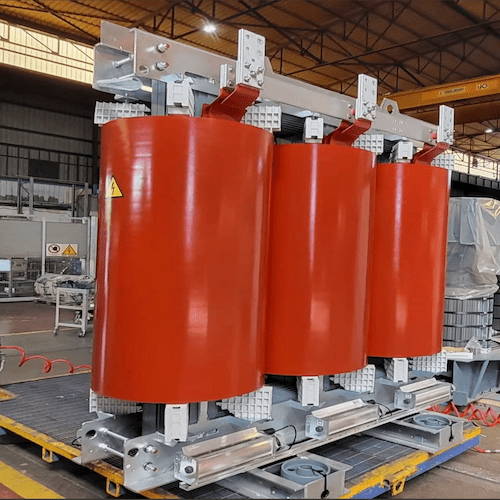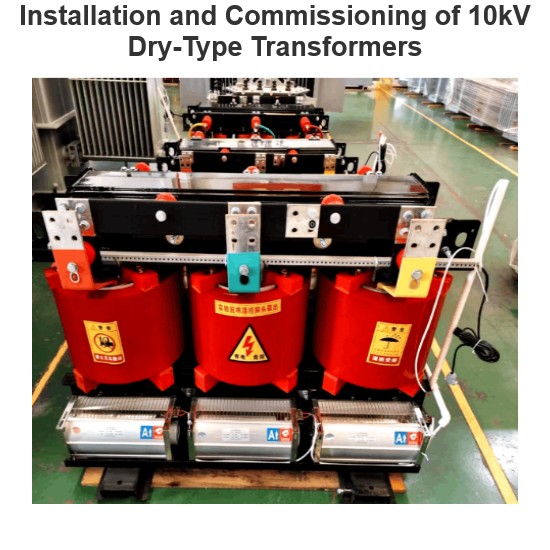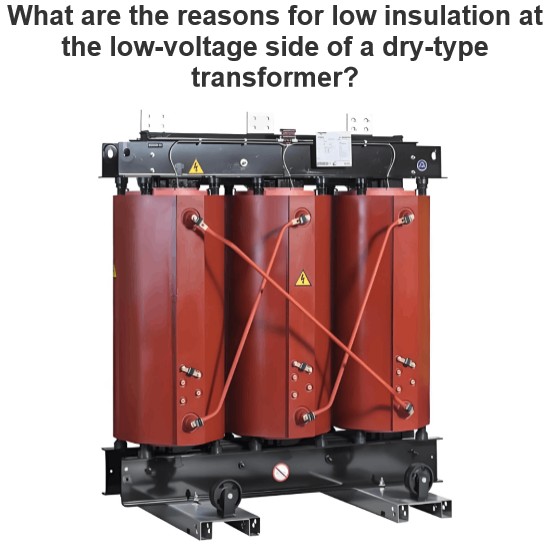What protection devices are built into modern transformers?
What Protective Devices Are Built into Modern Transformers?
Modern transformers are equipped with a variety of built-in protective devices designed to ensure safe operation, extend their lifespan, and prevent faults from escalating. Below is an overview of some common internal protective devices and their functions:
1. Differential Protection
• Function: Differential protection is the primary protection against internal transformer faults. It works by comparing the currents on both sides of the transformer. If there is a mismatch in the currents, it quickly trips to isolate the fault, preventing further damage.
• Application: Suitable for large-capacity transformers or those in critical power systems.
2. Gas (Buchholz) Relay Protection
• Function: Gas protection detects gases generated inside the transformer's oil tank. When a fault occurs (e.g., insulation breakdown, winding short-circuit), the oil decomposes and produces gas. The gas relay triggers an alarm (light gas) or a trip signal (heavy gas) to cut off the power supply and prevent the fault from worsening.
• Application: Widely used in oil-immersed transformers, especially large and medium-sized units.
3. Overcurrent Protection
• Function: Overcurrent protection detects abnormal current increases caused by external or internal short circuits. When the current exceeds a set threshold, the protection device will trip after a certain delay to prevent transformer damage due to overcurrent.
• Application: Used as a backup protection for external short circuits in transformers.
4. Overload Protection
• Function: Overload protection monitors the transformer's long-term overloading condition. If the transformer operates under overload for an extended period, the protection device will issue an alarm, alerting operators to take action and prevent damage due to overheating.
• Application: Suitable for all types of transformers, especially those operating near full load for extended periods.
5. Temperature Protection
• Function: Temperature protection continuously monitors the oil temperature and winding temperature of the transformer. If the temperature exceeds a set limit, the protection device will trigger an alarm and may activate cooling systems to reduce the temperature. In severe cases, it will trip to cut off the power supply.
• Application: Used in oil-immersed and dry-type transformers, particularly large-capacity units.
6. Zero-Sequence Current Protection
• Function: Zero-sequence current protection detects grounding faults in the transformer. When a ground fault occurs in the windings or core, the zero-sequence current protection device detects the abnormal increase in ground current and trips after a certain delay to isolate the fault.
• Application: Suitable for transformers in grounded neutral systems.
7. Pressure Relief Valve
• Function: The pressure relief valve prevents excessive pressure buildup inside the transformer's oil tank. If a fault (e.g., short circuit) causes rapid expansion of oil and gas, the pressure relief valve automatically opens to release excess pressure, preventing the tank from rupturing.
• Application: Used in oil-immersed transformers, especially in situations where rapid pressure increases are possible.
8. Breather (Desiccant Breather)
• Function: A breather removes impurities and moisture from the air entering the conservator tank due to temperature changes in the transformer. It contains desiccants (e.g., silica gel) that absorb moisture, preventing the transformer oil from becoming contaminated.
• Application: Used in oil-immersed transformers, especially those that require frequent breathing.
9. Oil Purifier (Hot Oil Expansion Tank)
• Function: An oil purifier continuously cleans the transformer oil. It contains adsorbents that remove water, free acids, and other aging products from the oil as it flows through the purifier, extending the life of the oil.
• Application: Used in large and medium-sized oil-immersed transformers, especially those requiring long-term stable operation.
10. Monitoring and Control System
• Function: Monitoring and control systems continuously track the transformer's operating parameters, such as voltage, current, temperature, and oil level. If any abnormalities are detected, the system can issue alarms and take appropriate protective actions based on predefined logic to ensure safe operation.
• Application: Suitable for all types of transformers, especially those in smart grids.
11. Non-Electrical Protection
Function: Non-electrical protection devices detect non-electrical faults inside the transformer, such as gas, oil temperature, and pressure. Common non-electrical protections include:
Heavy Gas Protection: Trips when a large amount of gas is generated inside the transformer.
Light Gas Protection: Issues an alarm when a small amount of gas is detected.
High Oil Temperature Protection: Trips or alarms when the oil temperature exceeds a set limit.
Pressure Release Protection: Trips or alarms when the pressure inside the oil tank exceeds a safe limit.
Application: Used in oil-immersed transformers, especially large and medium-sized units.
12. Undervoltage Protection
• Function: Undervoltage protection detects when the voltage across the transformer falls below a set threshold. If the voltage is too low, the protection device will trip to isolate the transformer, preventing damage due to undervoltage.
• Application: Suitable for all types of transformers, especially those connected to sensitive equipment.
13. Overvoltage Protection
• Function: Overvoltage protection detects when the voltage across the transformer exceeds a set threshold. If the voltage is too high, the protection device will trip to isolate the transformer, preventing damage due to overvoltage.
• Application: Suitable for all types of transformers, especially those exposed to lightning strikes or transient overvoltages.
14. Circuit Breaker Control
• Function: Circuit breaker control devices work in conjunction with protective devices to quickly disconnect the transformer from the power source when a fault is detected, preventing the fault from escalating.
• Application: Suitable for all types of transformers, especially in situations requiring rapid isolation.
15. Communication Function
• Function: Modern transformer protection devices often have communication capabilities, allowing data exchange with higher-level control systems or other protection devices. This enables remote monitoring, fault diagnosis, and data analysis.
• Application: Used in transformers within smart grids for centralized management and maintenance.
Summary
Modern transformers are equipped with a wide range of protective devices that cover both electrical and non-electrical protections. These devices work together to ensure the safe and reliable operation of the transformer under various conditions. The selection of appropriate protective devices and configurations can be optimized based on the specific application environment and requirements of the transformer, enhancing the overall safety of the system.
The Electricity Encyclopedia is dedicated to accelerating the dissemination and application of electricity knowledge and adding impetus to the development and innovation of the electricity industry.













